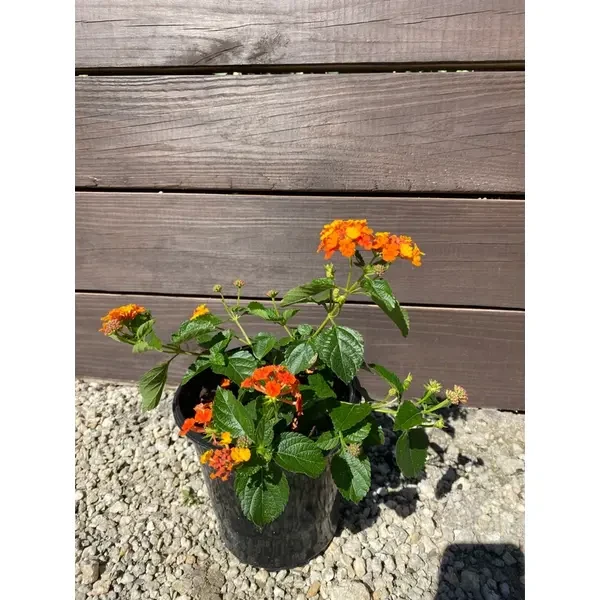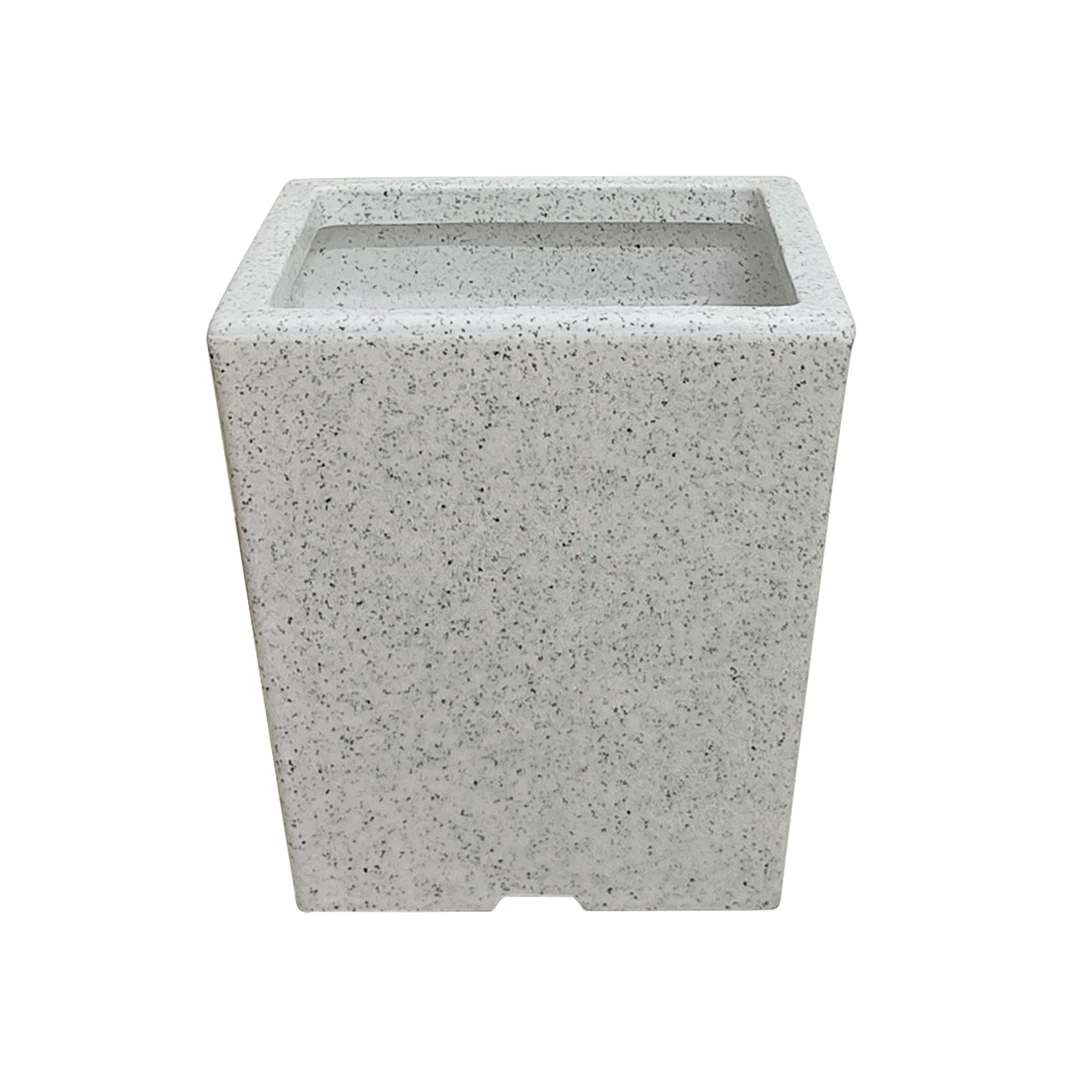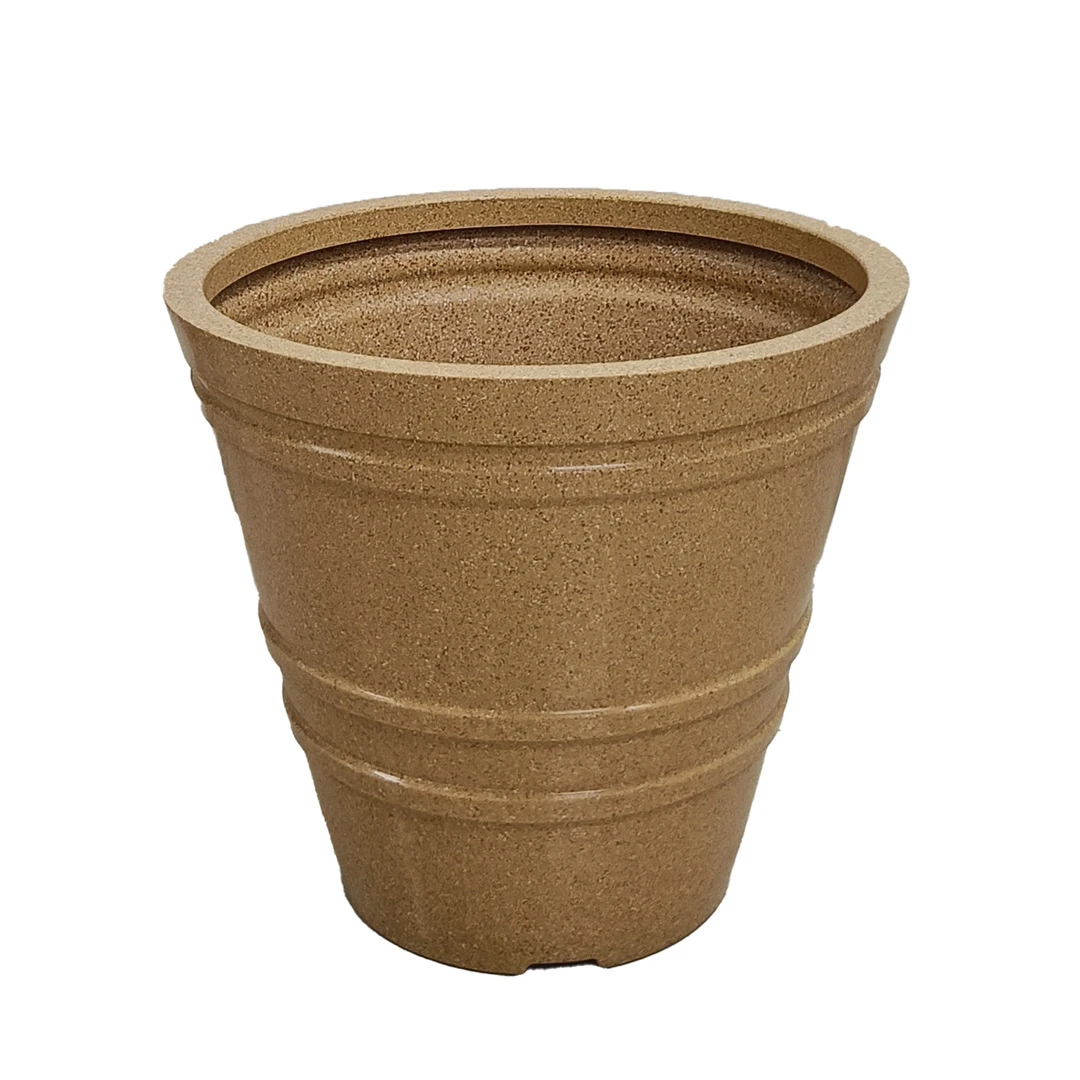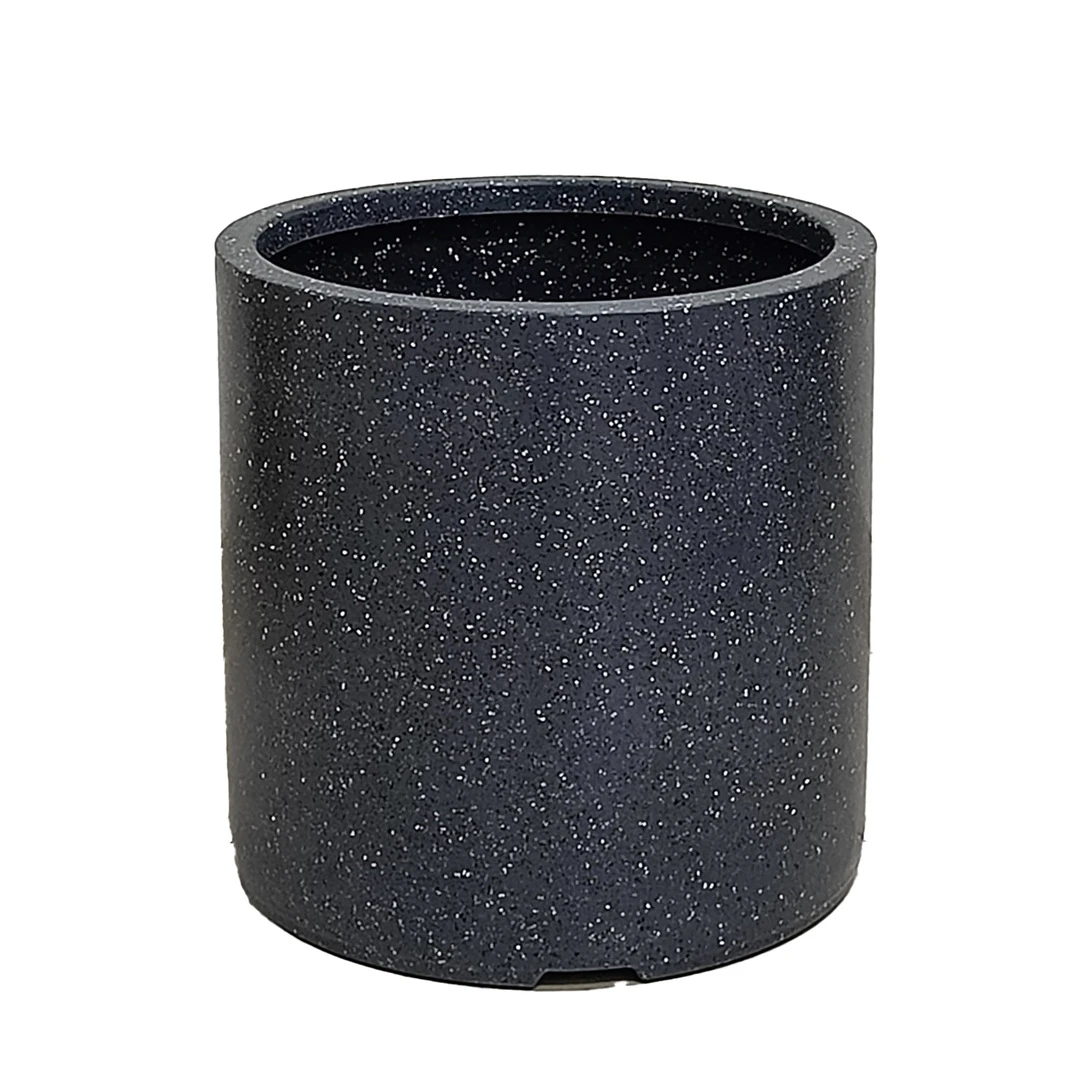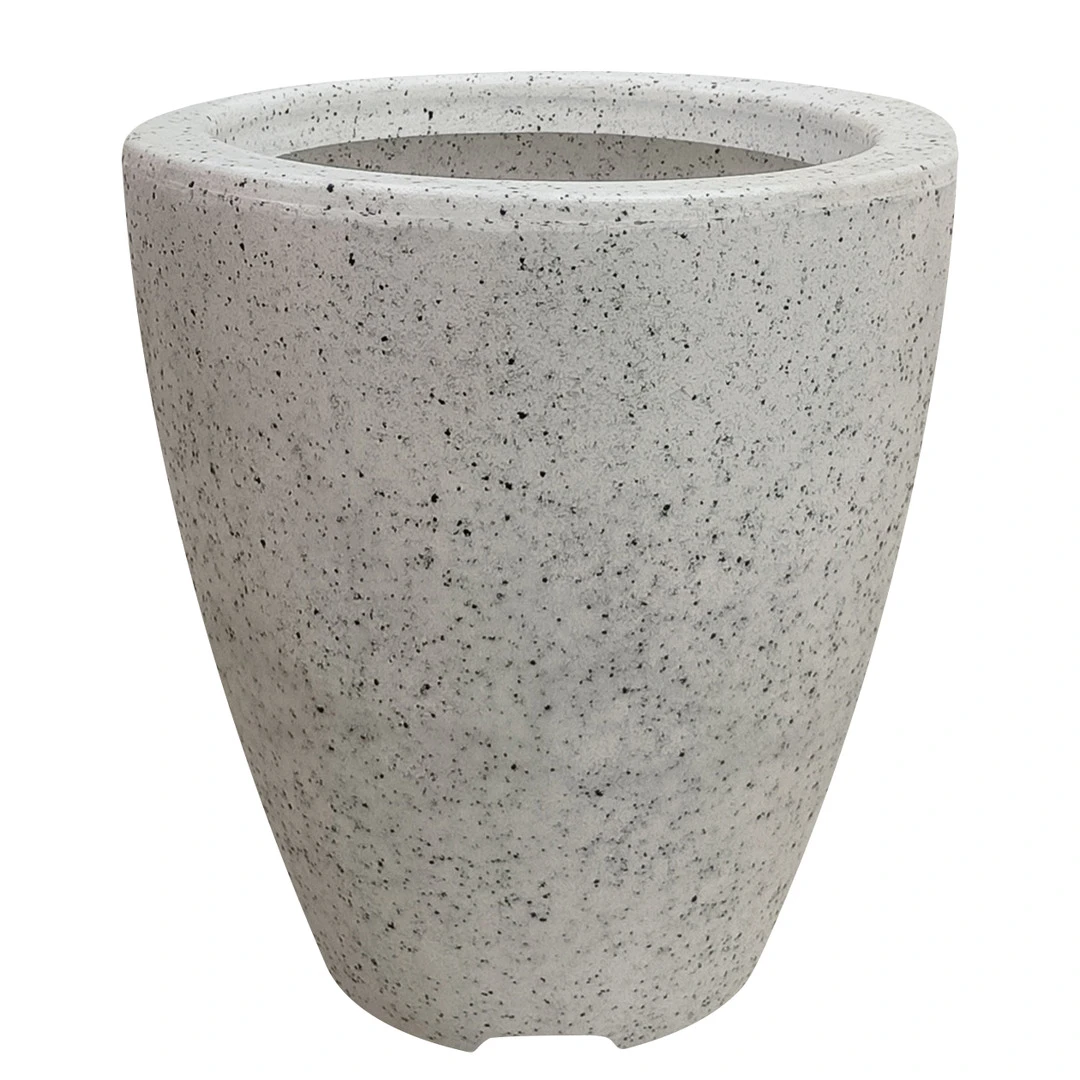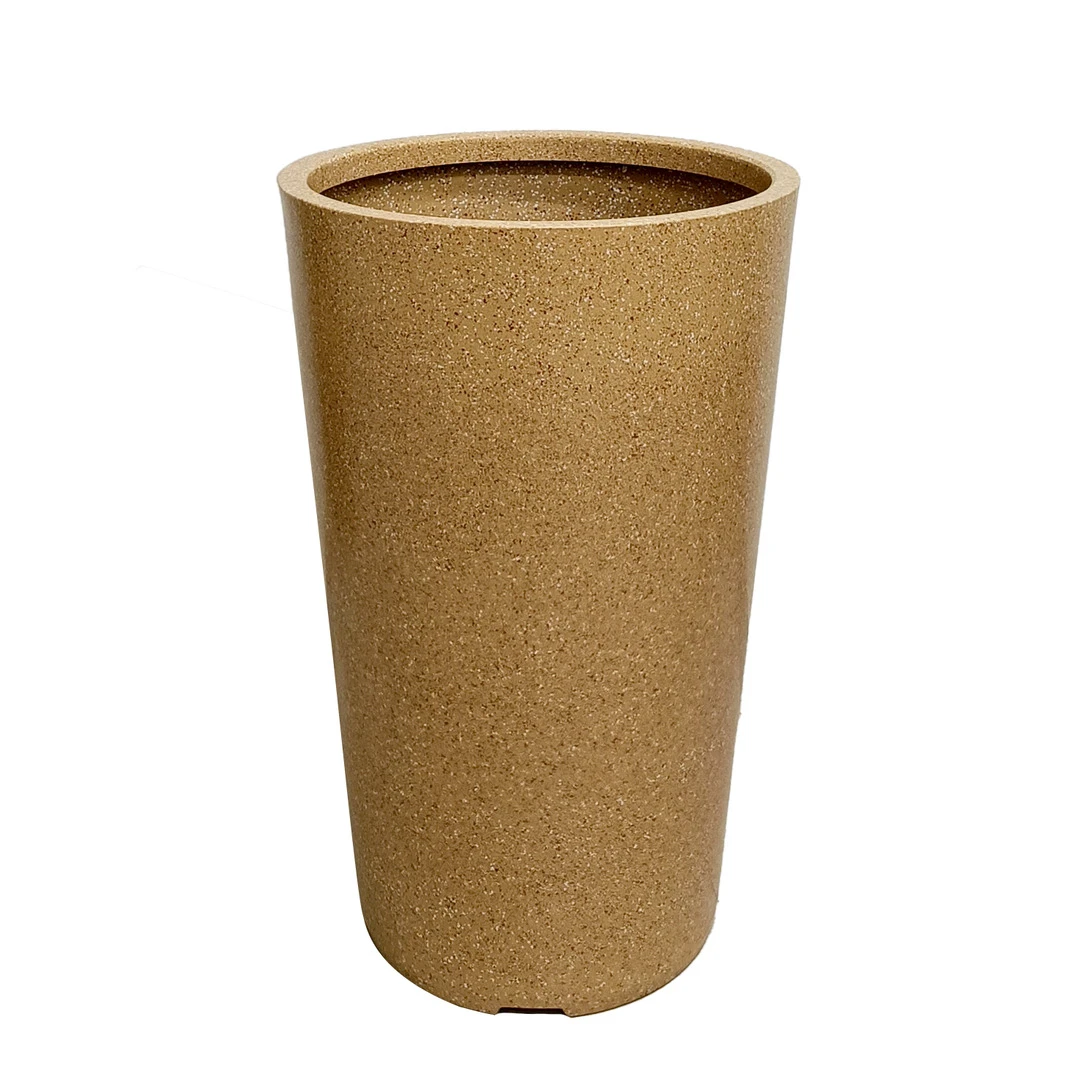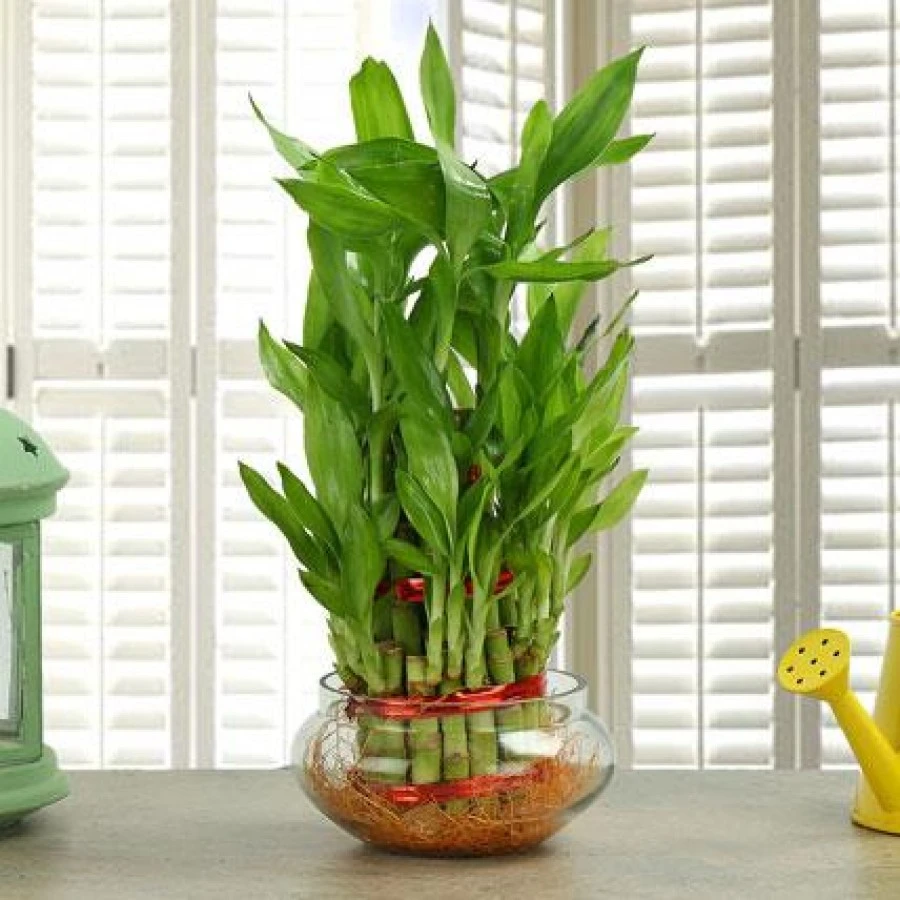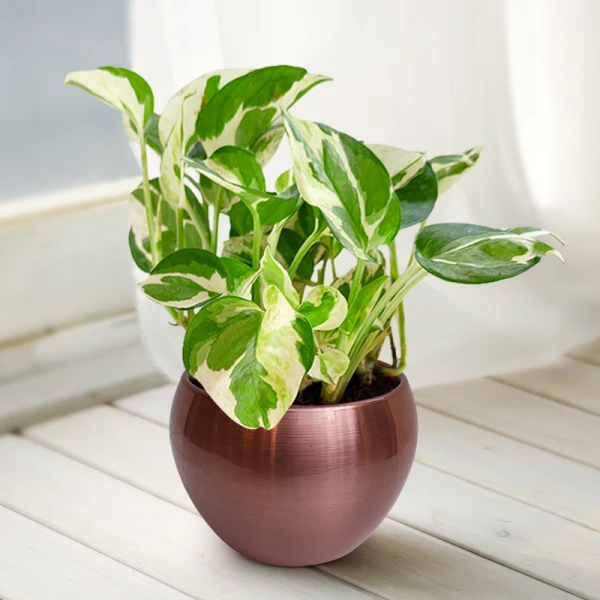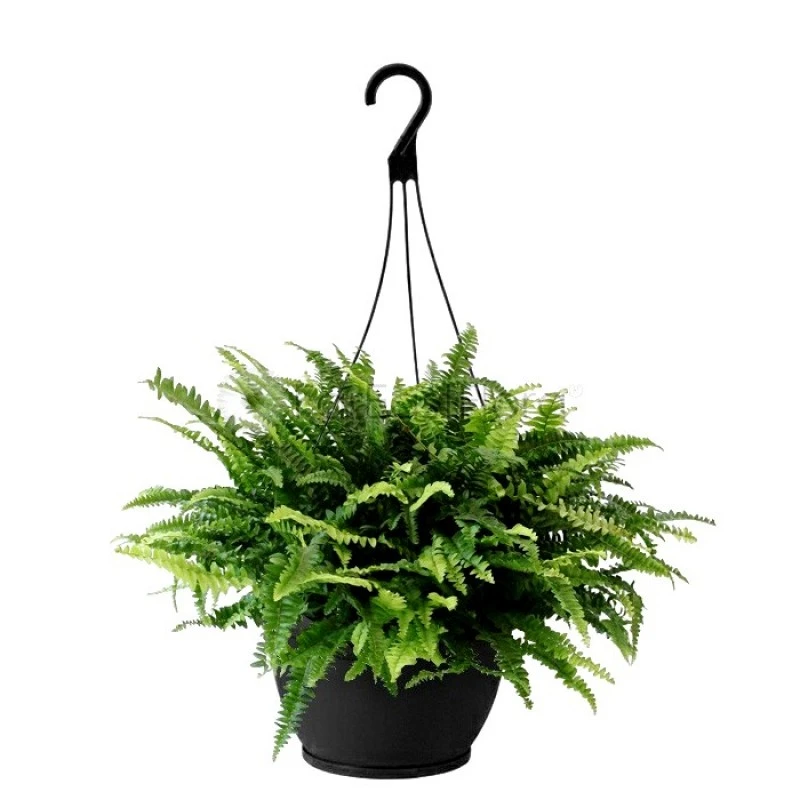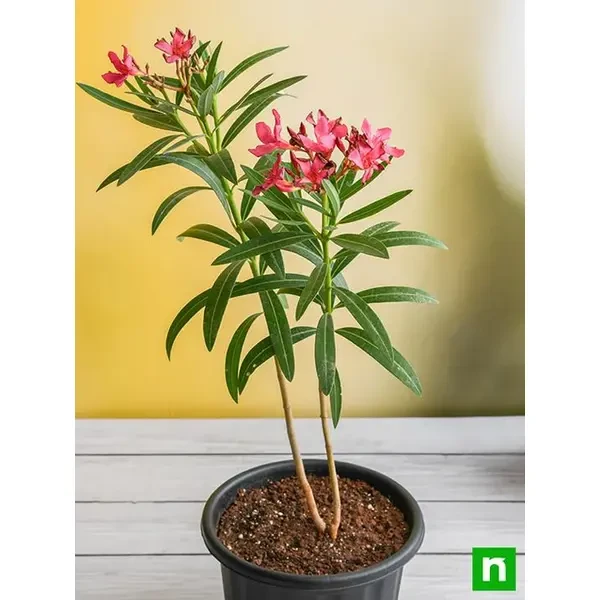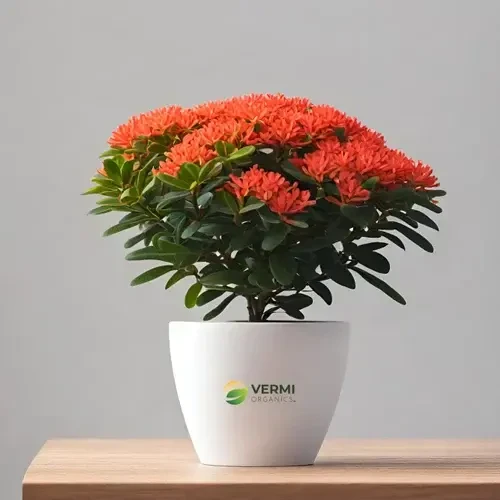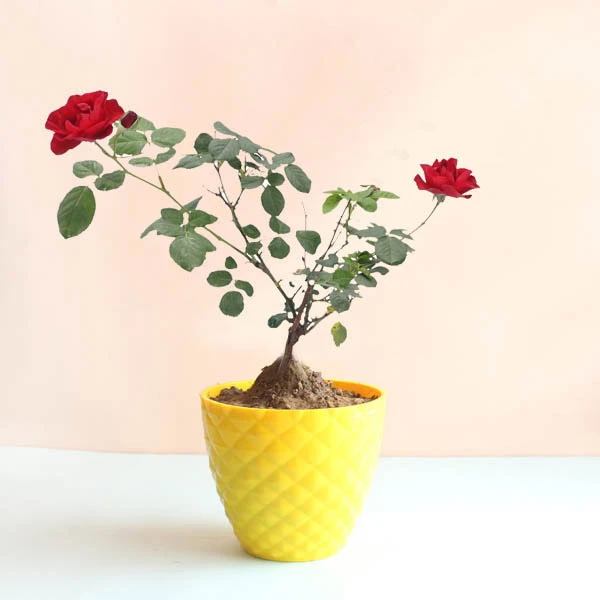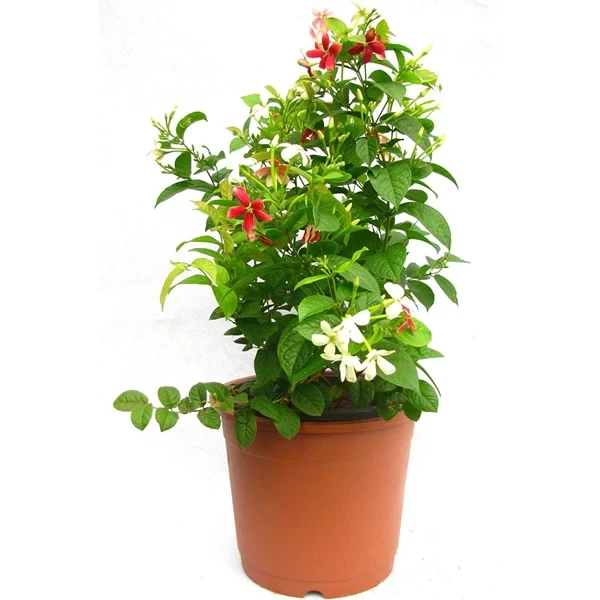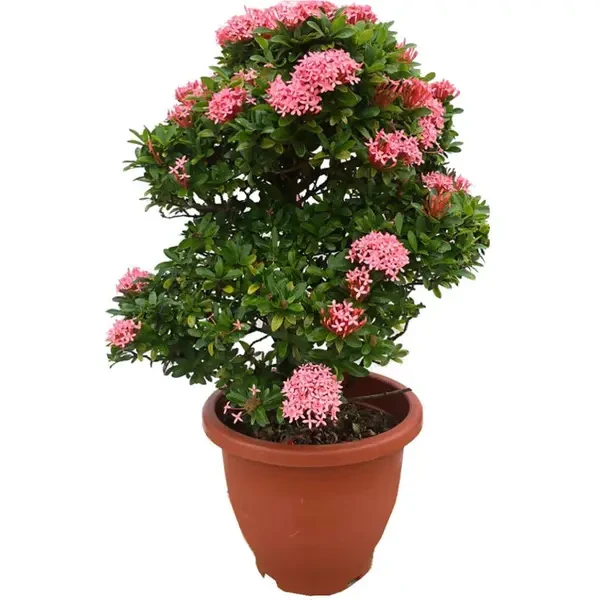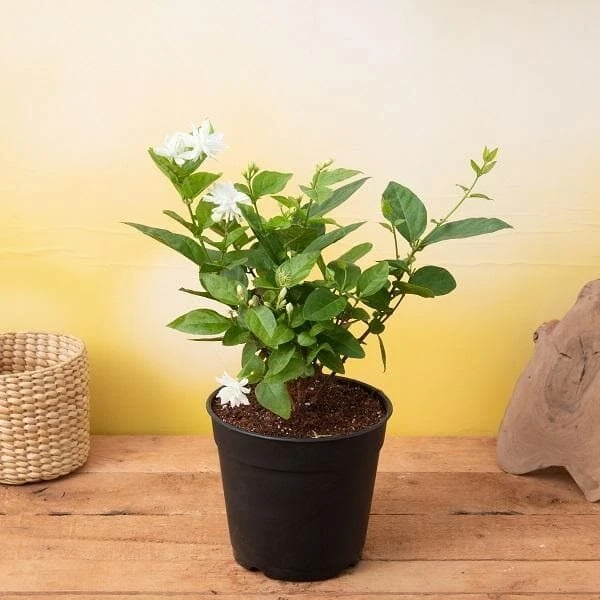Lantana, a genus of tropical shrubs and herbs, is known for its showy heads of small, bright, and often multicolored flowers, attracting pollinators like butterflies and hummingbirds.
Here's a more detailed description of lantana:
Botanical Characteristics:
Genus: Lantana.
Family: Verbenaceae (verbena family).
Native to: Tropical America and Africa.
Common names: Shrub verbena, common lantana.
Growth Habit: Lantana can be an erect, sprawling, or scrambling shrub, often forming dense thickets.
Stems: Square or quadrangular, sometimes with small prickles or spines.
Leaves: Opposite, ovate, and simple, with a strong odor when crushed.
Flowers: Small, tubular-shaped flowers in clusters (umbels).
Flower Colors: Come in a variety of colors, including red, yellow, orange, pink, and white, which can change as they mature.
Fruits: Round, green fruits that turn purplish-black.
Size: Can grow to 2-4 meters (6-13 feet) tall, but some species can reach up to 6 meters (20 feet).
Ecological and Cultural Significance:
Invasive Species:
Some lantana species, like Lantana camara, are considered invasive in certain regions, forming dense thickets and displacing native vegetation.
Ornamental Plants:
Lantana is widely used as an ornamental plant in gardens and landscapes for its colorful flowers and continuous blooming.
Pollinator Attractant:
The flowers are attractive to various pollinators, including butterflies, hummingbirds, and other insects.
Traditional Uses:
Some traditional cultures have used lantana for medicinal purposes, with claims of treating various ailments.
Cultivars:
Many cultivars and hybrids are available, including dwarf and trailing varieties.
Other species:
Lantana montevidensis is a trailing species with rose-lavender flowers, often used as a groundcover.



